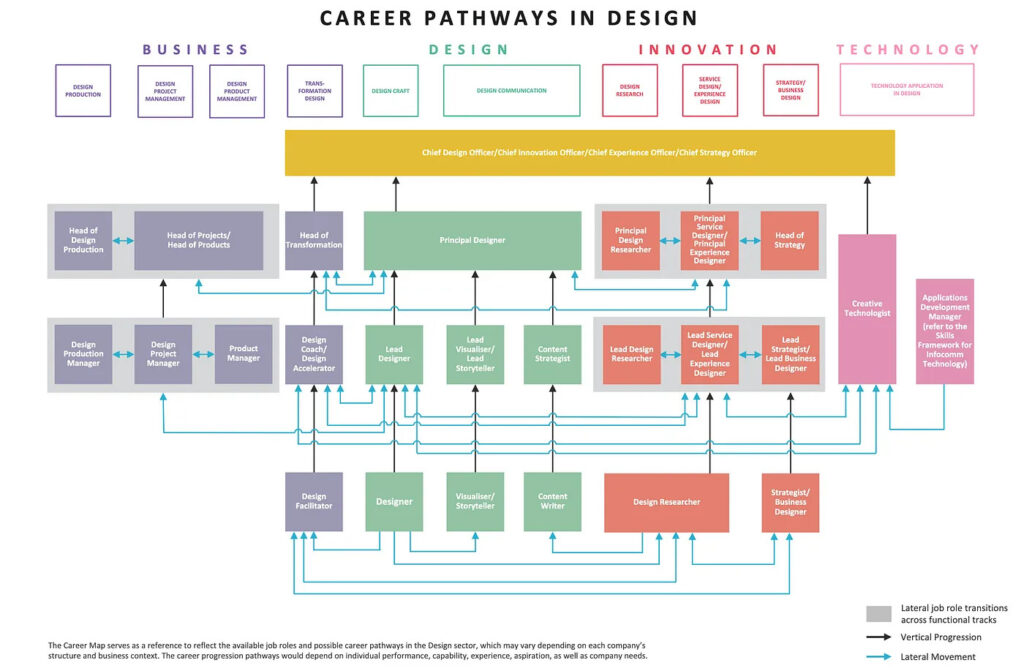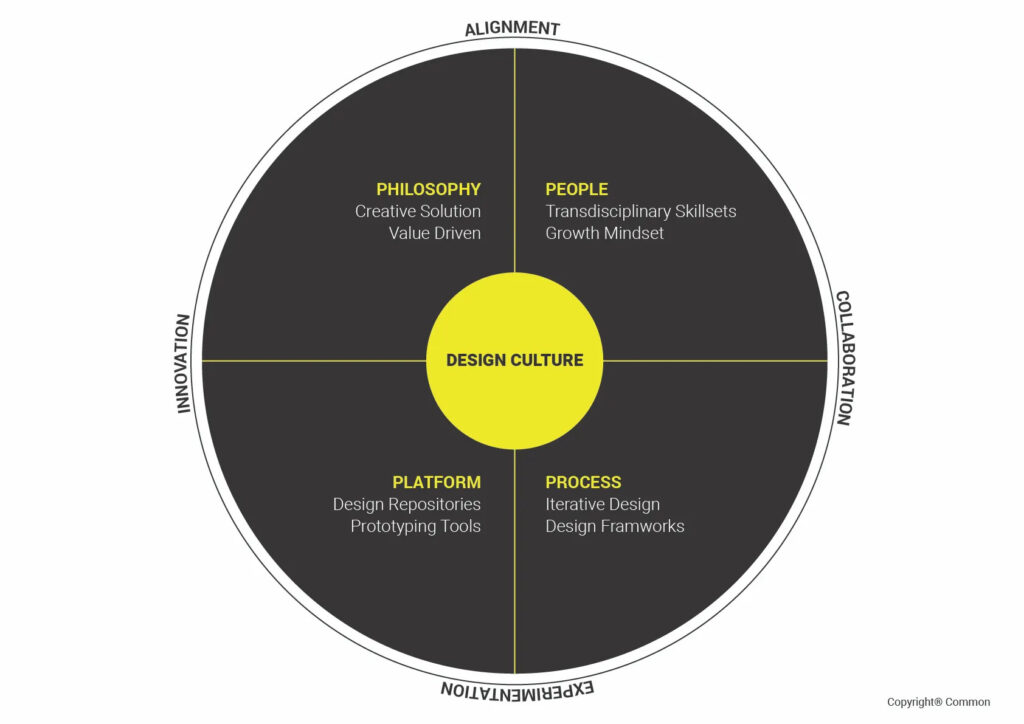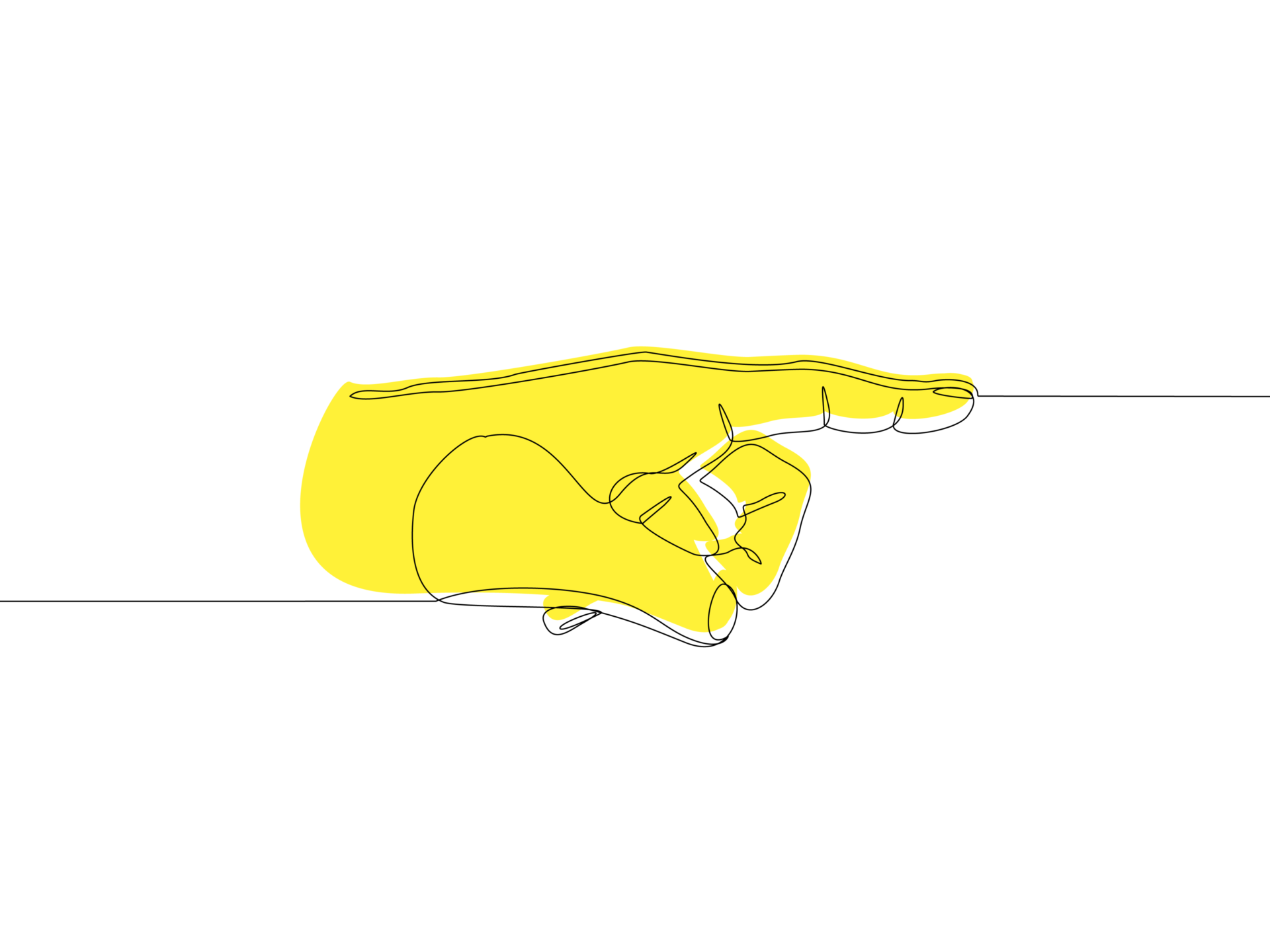Sometimes all it takes is a human touch to stand out from a sea of sameness.
In my previous article, I delved deep into the captivating world of design mindsets and championed designers as the unsung heroes of the AI-design age. However, I received a handful of responses that echoed a common concern: What if organizations favor AI algorithms for their lightning-fast design variations, cost savings, and heightened efficiency?
Welcome to the digital era, where organizations demand design solutions that are as plentiful and budget-friendly as the endless collection of cat videos online. Regrettably, this mindset is prevalent in professional services, where clients prioritize the cost and quantity of output rather than the quality. The implications on designers are disheartening, as our hard work and sacrifices may seem meaningless when AI can effortlessly generate “decent” solutions with a simple algorithmic tap. Why exhaust ourselves when anyone can use AI to design something comparable?
But here’s the scoop, my creative comrades: in the world of computational design, there are two opposing camps: the outcome-oriented and the process-oriented. The former prioritizes the shiny end product, while the latter skillfully refines AI-generated designs to create tailor-made and unique outcomes, like a unicorn’s dance routine. During a Cornell Tech @ Bloomberg interview with Scott Belsky, Chief Product Officer at Adobe, he highlighted that the majority of us fall somewhere on the outcome-to-process-oriented spectrum.
Hence, it won’t be long before people realize outcome-oriented design lacks soul, context, and genuine connection with audiences. To stand out from the AI-driven masses, we naturally lean toward the process-oriented side. To prepare for this shift, here are some tips for designers to reclaim our power by infusing human touches, unleashing our creativity, and reintroducing the artistry that distinguishes our work from algorithm-driven design monoculture.
Tip №1: Designing the details
We’re all familiar with this timeless saying: “The devil is in the details.” And in the realm of design, those details are what truly distinguish the good from the extraordinary. Just ask Joe Gebbia, the co-founder of Airbnb, who shared a universal insight: “Great designers possess the remarkable ability to spot the individual pieces of the puzzle and weave them together in a fresh and innovative manner that leaves everyone in awe.” He was specifically referring to a seemingly minor but profoundly impactful design adjustment on the Airbnb wishlist feature — swapping out the plain old “star” for a heart symbol, allowing users to express their preferences and save properties to personal lists.
Now, you might be thinking, “Come on, it’s just a little change.” But the genius behind it was recognizing that a heart carries a far greater depth of meaning and emotional resonance than a simple star. This simple change opened up a deeper connection between users and the platform, evoking feelings of love, desire, and personal attachment. It’s these meticulous design details that have the power to transform the ordinary into something extraordinary.
So, if you’re a designer, utilizing AI for generating initial layouts, concepts, or renders can be a valuable tool in your arsenal. However, the true magic happens when you shift your focus to the nitty-gritty details that have the potential to make a real impact. Immerse yourself in those minuscule elements and question yourself, “What significance does this hold for my personas?” Then, take a moment to fine-tune your work with an extra dose of care and attention.
Honing one’s eye for details is just as crucial as sharpening one’s mind for prompt engineering.
By paying heed to those subtle nuances, you’ll elevate your designs from good to unforgettable. Trust me, when you put in the additional effort to touch their hearts, your audience will unmistakably sense the magic.
Tip №2: Designing the bigger picture
While attention to detail is crucial, designers must also consider the bigger picture. Graphic designers, for instance, should aim to create purposeful brands rather than just fancy visual identities. Likewise, product designers should think beyond material textures and embrace materials that enable a circular economy.
AI currently excels at generating visual designs quickly and in large quantities, but it falls short of grasping the profound implications of design. It lacks the ability to question our past, understand our present, or anticipate our future needs. It also struggles with complex concepts such as societal impact, cultural behaviors, thoughts, and emotions.

Skillsfuture framework for the design sector to help designers know what skills to harness in a VUCA environment.
Image source: Skillsfuture Singapore
In a future driven by sustainability and innovation, the world calls for designers who challenge the status quo and prioritize the well-being of both people and the planet. These designers fearlessly take on complex challenges that go beyond surface-level requirements, aiming to create meaningful solutions. Through my collaboration with the Singapore Design Council, we help developed the Skillsfuture Design Framework — a treasure trove of vertical and lateral skills that empower designers to unleash their impact in realms like business, design craft, innovation, and technology with newly onboarded design disciplines.
The future of design is heading upstream.
For my fellow designers, I believe that in addition to honing your prompt engineering skills, embracing this blueprint will be your guiding light to designing with greater impact and surpassing the capabilities of AI companions. It provides a roadmap to elevate your craft and create designs that are not only better but also bigger in their significance.
Tip №3: Designing the design culture equity
Mckinsey’s Business Value of Design unequivocally demonstrates the magnetic appeal of design lead organizations, setting them apart from the corporate or consulting culture. When in-house teams, management consultancies, IT companies, and other entities acquire design companies, they are essentially acquiring the very essence of the vibrant design mindset. This act is a testament to the recognized value and impact that design brings, acknowledging the distinct perspective and creativity that designers contribute to an organization’s overall success.
In the chaotic world of post-mergers and acquisitions, design practices often get lost in the shuffle, reduced to nothing more than superficial perks and empty shout-outs. While AI busily transforms into a lean, mean automated design machine, it’s up to us human designers to lead the charge in nurturing a deep and meaningful design culture that goes beyond buzzwords and truly drives innovation.

The Common design culture we adopt internally and for all our clients and partners on every project engagement.
Image source: common.cc
Since our inception, Common has been on a mission to turn extraordinary visions into everyday wonders. We’ve crafted a design culture that’s anything but ordinary, powered by our secret sauce: the 4Ps — Philosophy, People, Process, and Platform. With this recipe for success, we’ve made design an inclusive affair, where everyone gets a seat at the creative table.
What started as an internal company culture has now become our unique edge over our AI counterparts. Because our design consultants are able to forge deep collaborations with clients, sparking agile experimentation that leads to jaw-dropping, boundary-pushing, and sustainable innovations.
Our head, heart, and gut make our culture unique, creative, and innovative, setting us apart from AI.
In parting, let’s remember that our humanity gives us the edge in unraveling complex relationships and surpassing AI’s limits. Together, we’ll shape design in ways that leave them scratching their circuits.
